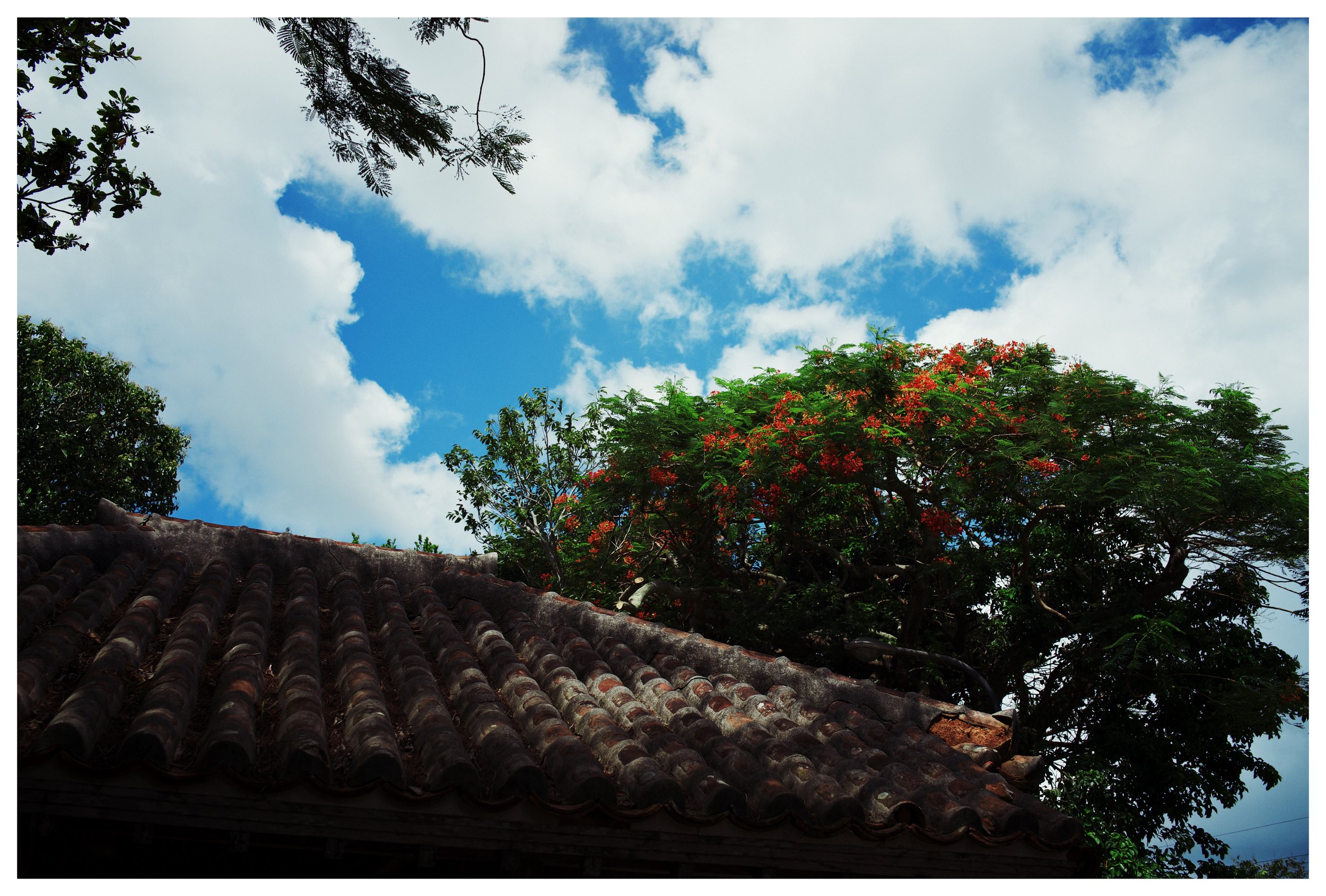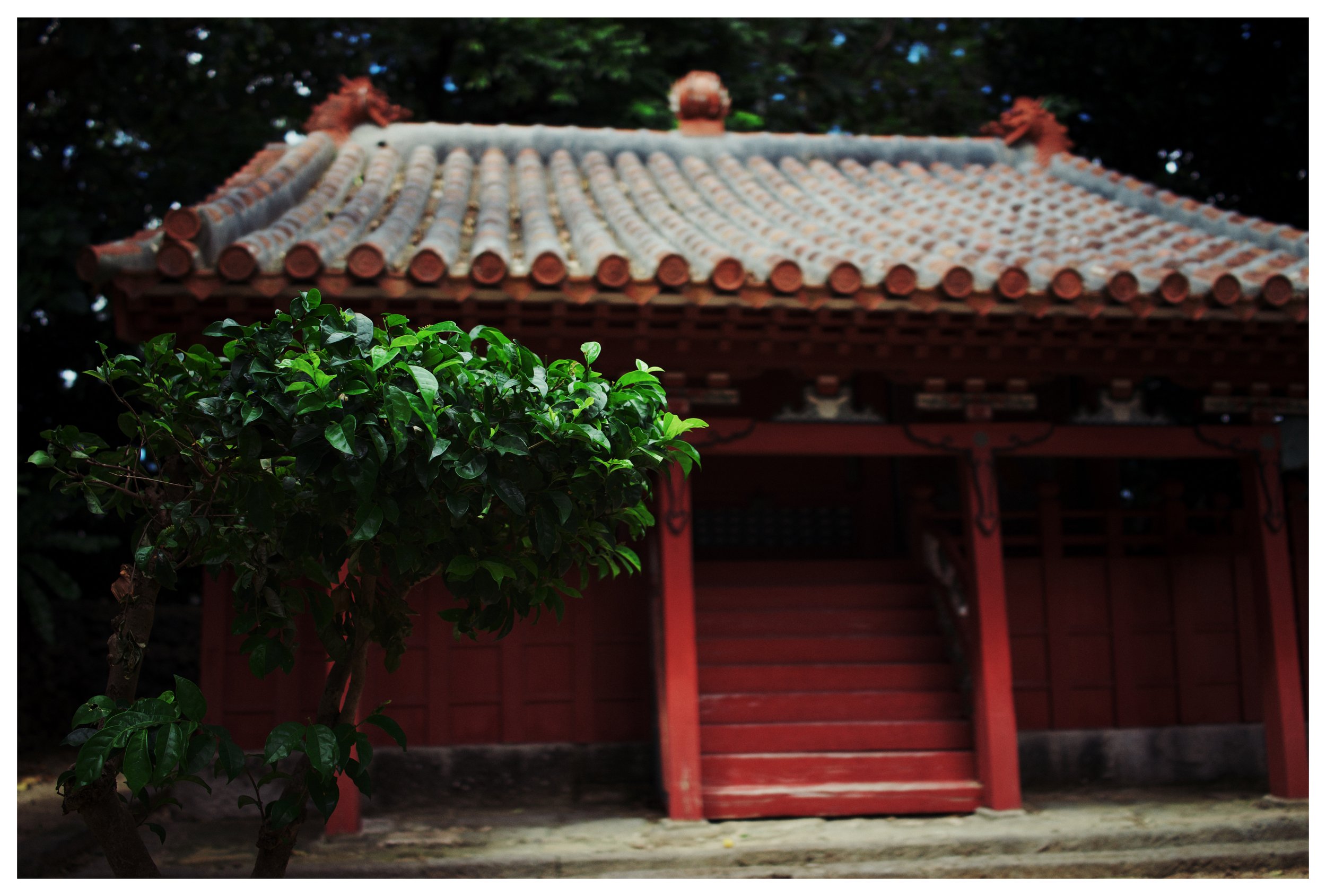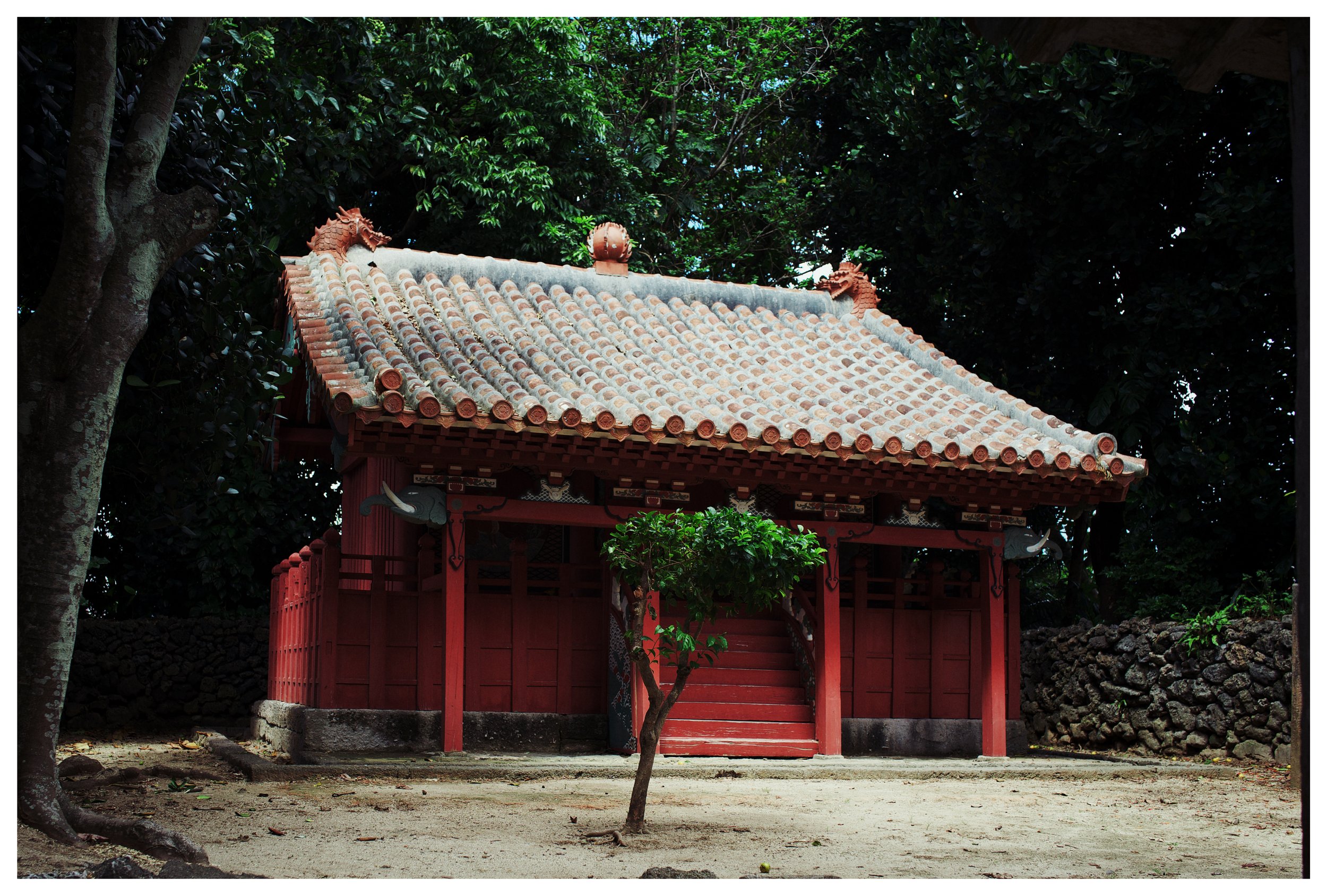Around Gongendo Shrine on Ishigaki island

I took a few photos around the Gongendo Shrine on Ishigaki island in Okinawa. It’s a very old Shinto shrine.
Shinto, often regarded as Japan’s indigenous religion, is a spiritual tradition centered on the worship of kami, which are spirits or deities that inhabit natural phenomena, objects, and ancestors. The word “Shinto” itself means “the way of the kami” (神道), reflecting its focus on reverence for these spirits. It is not a religion with a strict set of beliefs or a single founder; rather, it is a collection of practices and rituals deeply connected to nature, the land, and Japanese cultural identity.

Key Aspects of Shinto:
-
Kami: Shinto recognizes countless kami, which can be forces of nature like mountains, rivers, or trees, as well as ancestors or deified individuals. Kami are believed to influence the natural world and human affairs, so rituals and offerings are made to appease them and seek their blessings.
-
Shrines: Shinto worship is primarily conducted at shrines (神社, jinja), which are sacred spaces where kami are enshrined. These shrines often feature torii gates, which mark the transition from the mundane world to the sacred space of the kami.
-
Rituals and Practices: Shinto rituals involve purification, offerings, prayers, and festivals. Purification is an important aspect, as it is believed to cleanse individuals of impurities before approaching the kami. Festivals, known as matsuri, are held to honor specific kami and celebrate the community’s connection to the divine.
-
Nature and Ancestors: Shinto has a deep respect for nature, viewing natural objects like rocks, trees, and rivers as sacred. Ancestors are also venerated, and their spirits are believed to watch over their descendants.
-
Syncretism: Shinto coexists with other religions in Japan, particularly Buddhism. Many Japanese people practice both Shinto and Buddhism, often participating in Shinto rituals for life events like weddings and births, and Buddhist rituals for funerals and memorials.
Shinto has played a crucial role in shaping Japanese culture, traditions, and national identity, and continues to be an integral part of life in Japan today.

It may not look it in the photos, but these photos were taken at 32ºC and 85% humidity.
See you soon.